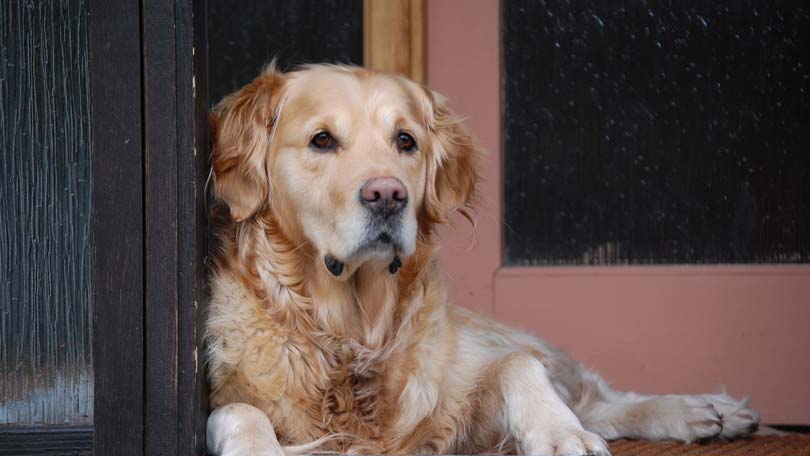
The tie between a human and his/her dog is something really special. It is a companionship that expresses itself through a unique language, which is different from the way of communicating among people. But for all that it is not less strong and sincere. Rather it is often more empathetic.
Unfortunately, at a certain point, this tie is destined to come to an end, at least from a physical point of view. But not from an emotional point of view: our dogs will always remain as a part of our current life, even when they are no more with us in the physical form. Dogs live less than humans. They often share with us their entire life, from birth or puppy-hood, to adulthood, to old age, until death. A death that sometimes we have to “decide” for.
Putting your dog to sleep must be a conscious choice, although hard and painful. It should be driven by the awareness that all the possible ways to save your dog’s life have been attempted and there are no other ways to stop or at least relieve his suffering. In other words, this choice must arise and be accompanied by the awareness that your dog’s clinical conditions are no more compatible with your dog’s dignity. The reasons may be various, such as terminal illnesses, painful untreatable conditions, last stages of ageing accompanied by the loss of ability to eat and/or drink, etc.
Putting your dog to sleep is usually a choice taken upon advice of a veterinarian. Remember that this solution is painful for the veterinarian too, both for professional reasons (this is always his “last” solution, which implies his admission and acceptance of having been defeated in his attempt to overcome an untreatable disease or the inexorable ageing process of a dog), as well as for emotional reasons (veterinarians often become attached to their patients, so it is painful for them to see their death and, above all, to be the “executors” of their death). So, separating the technical procedure from the emotional component is difficult, if not impossible, for the veterinarian himself.
Euthanasia… What To Expect
From a practical point of view, putting your dog to sleep involves simply an anesthetic overdose. It is a painless procedure, which consists in the injection into a vein of a general anesthetic in a higher dose than that necessary to induce general anesthesia. In about 30 seconds, this drug causes a rapid loss of consciousness, immediately followed by cardio-respiratory arrest and finally cessation of the cerebral functions and death. Many veterinarians prefer to administer a premedication (usually analgesic drugs such as opioids) and/or a normal anesthesia prior to administering the lethal injection. This in order to minimize any possible pain, stress and anxiety that the dog might feel before losing his consciousness. The owner is free to choose whether to be present at the whole procedure or only at the initial premedication/anesthetic phase. He can also choose not to be present at all. However, at least in the first phase of the procedure (premedication or induction of the anesthesia), the presence of the owner can be useful to reduce the stress for the dog, by allowing him to fall asleep comfortably near his human friend. It should not be forgotten, in fact, that dogs who are going to undergo to the “peaceful death” procedure are usually already in a highly stressful state because of the suffering resulting from their severe and/or incurable condition. The presence of the owner may be important not to aggravate this stressful condition and relieve as much as possible the dog’s fear and anxiety. However, if you feel that witnessing to your dog’s peaceful death would be too painful and that your own anxiety might add to your dog’s stress, then it may be better for you not to be present.
Before putting your dog to sleep, you will be asked by the veterinarian what you want to do with your dog’s remains. There are various options: you can leave the remains with the veterinarian or you can keep your dog close to you, by buring him in your private garden or other location such as a pet cemetery or having him cremated and then keeping his ashes as you want. The choice depends on what you feel is right for you and your pet.
For the first days after putting your dog to sleep, it is likely that you will have memory only of the most recent period lived with your pet, that is the period of suffering. You will likely feel guilty for his death (it’s normal) and you will feel an empty space in your lives. Fortunately these feelings are only temporary: over time bad memories and guilt will disappear and the empty space left by the death of your dog will be filled with positive memories of him, which will last for a lifetime. And remember always that putting your dog to sleep is not an egoistic choice. It is the last really altruistic gesture that you can make towards your dog, to help him relieve his suffering definitely.





